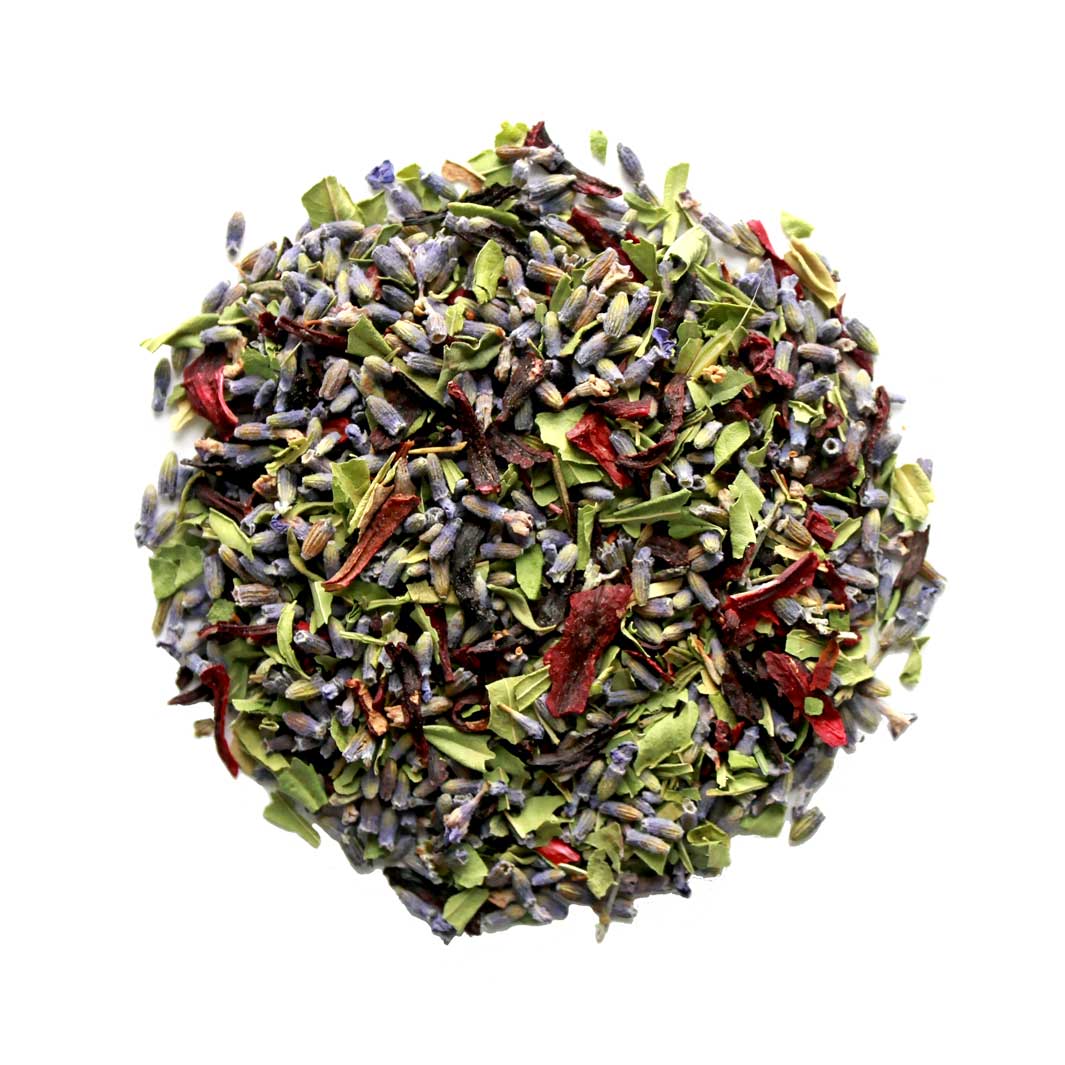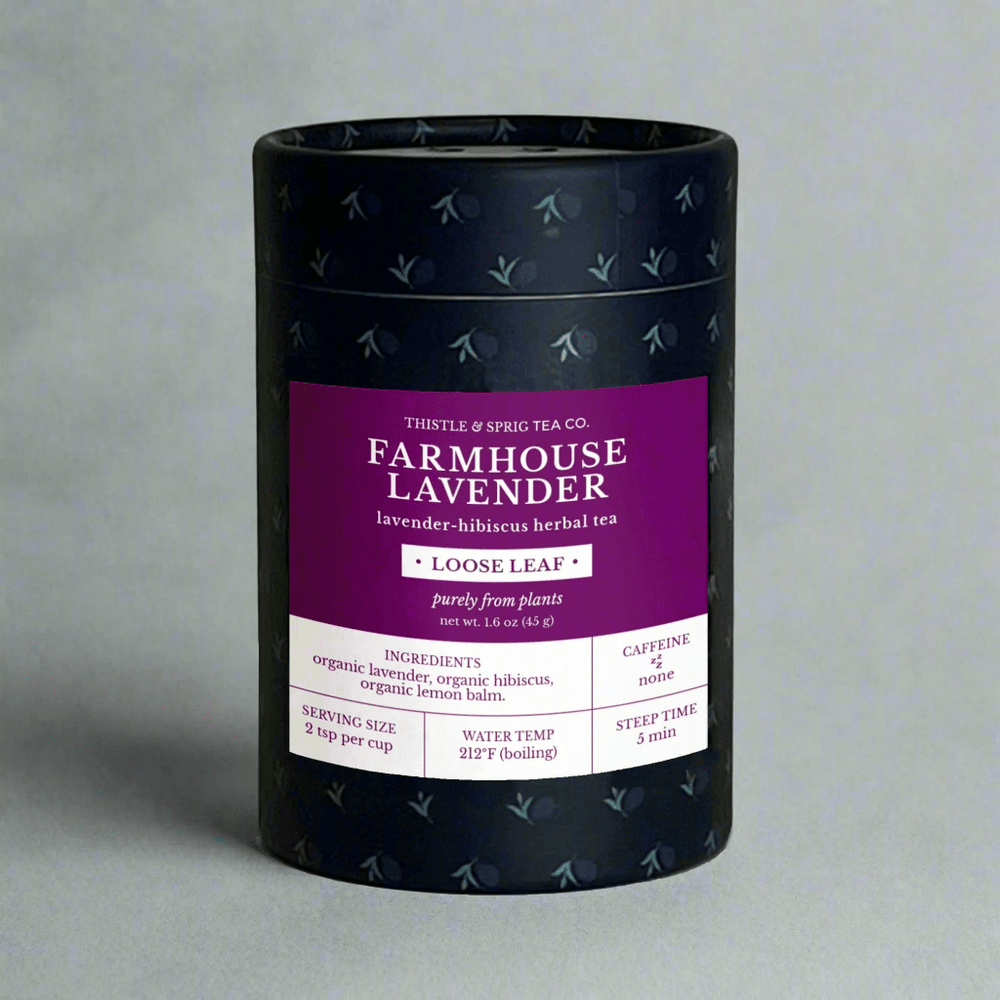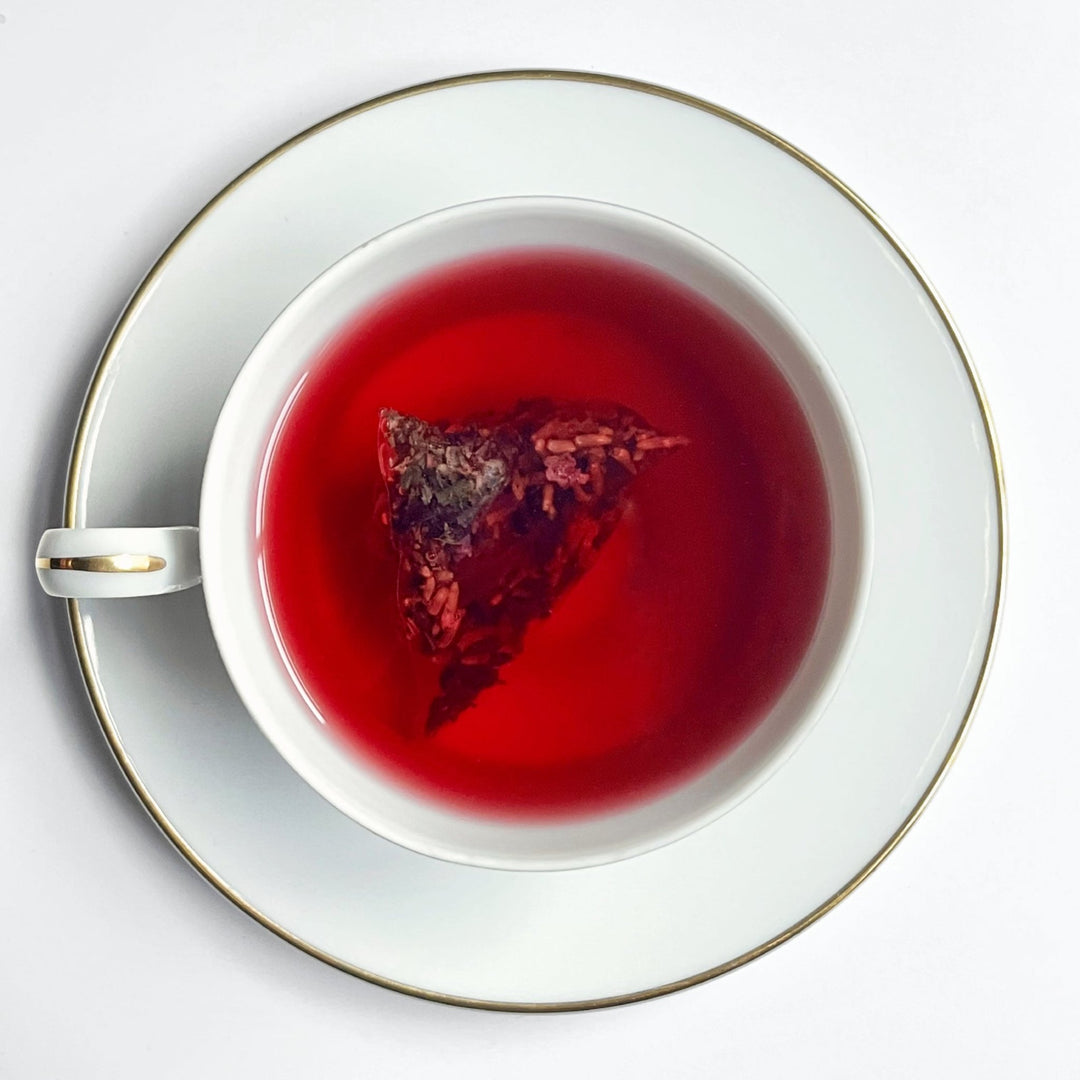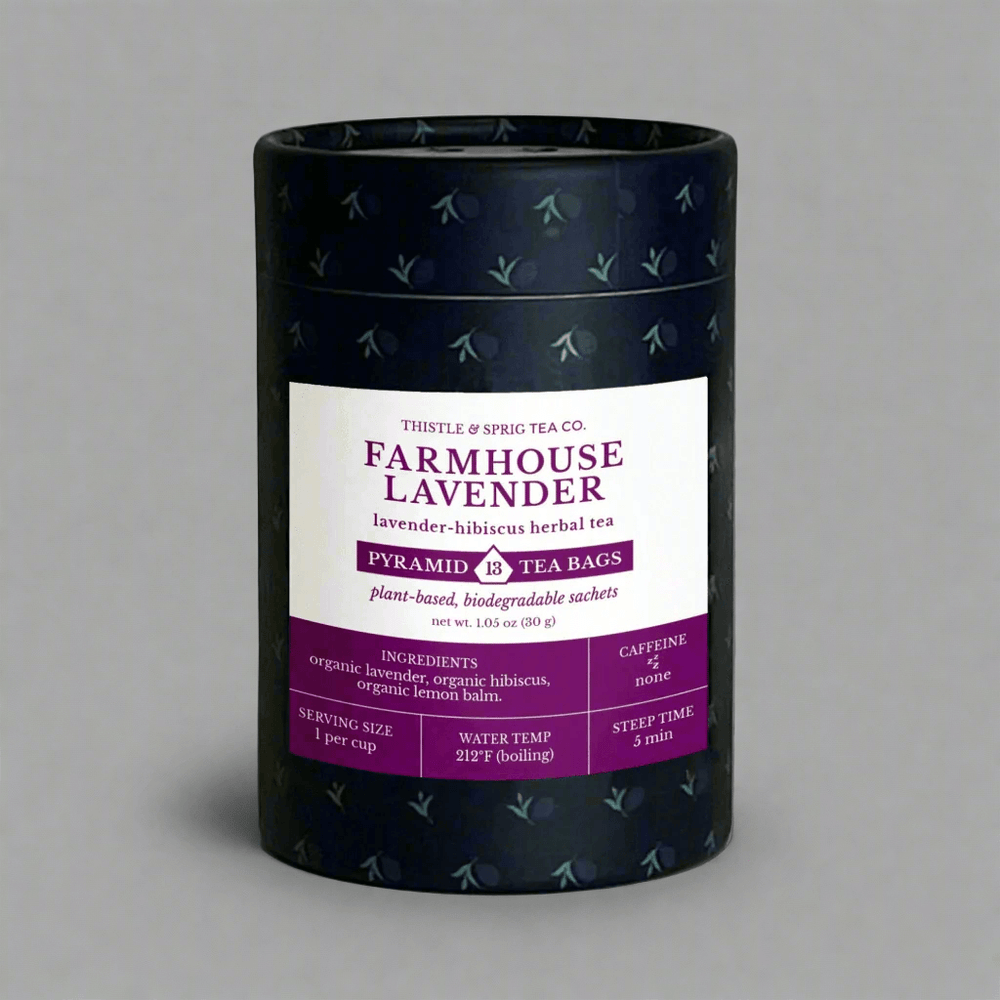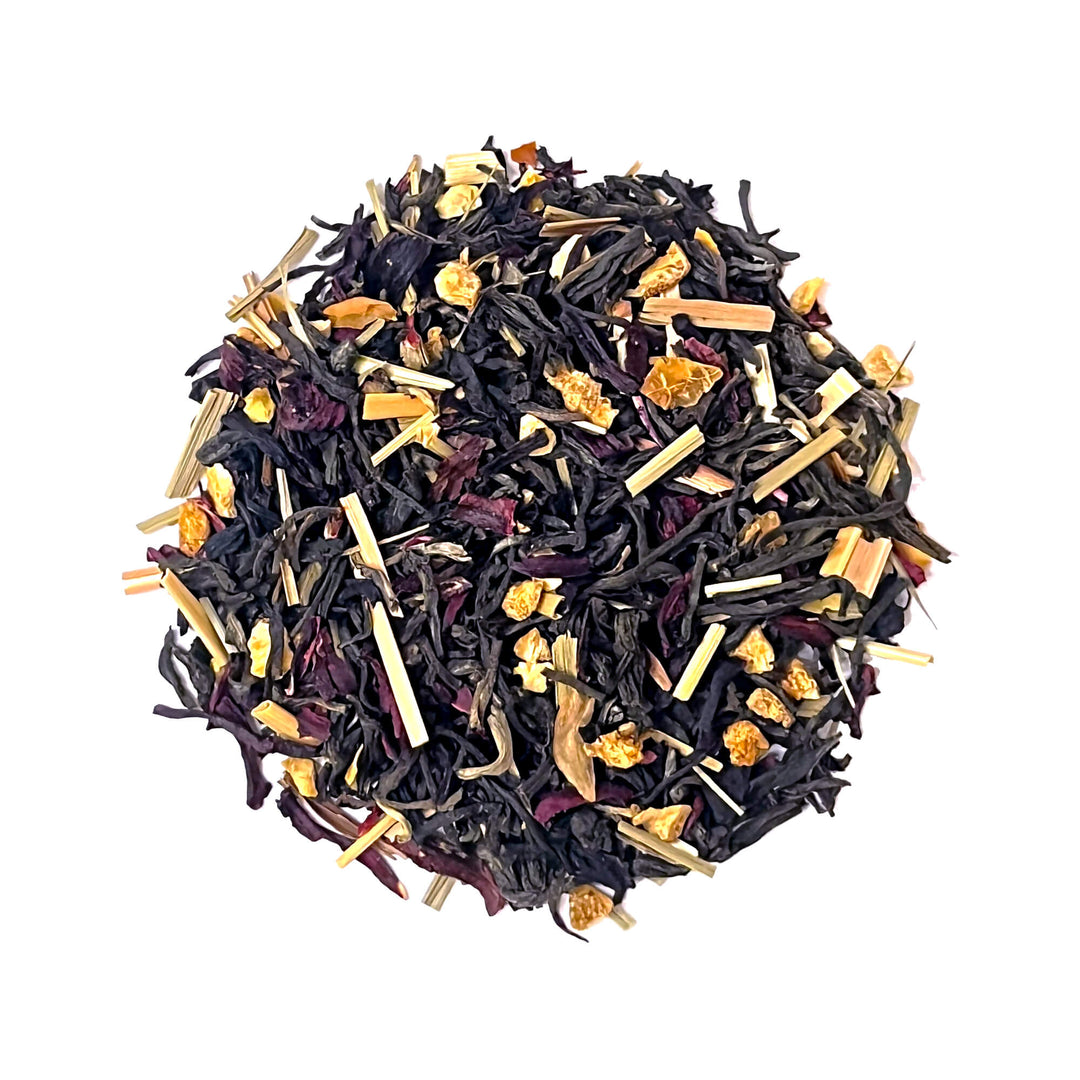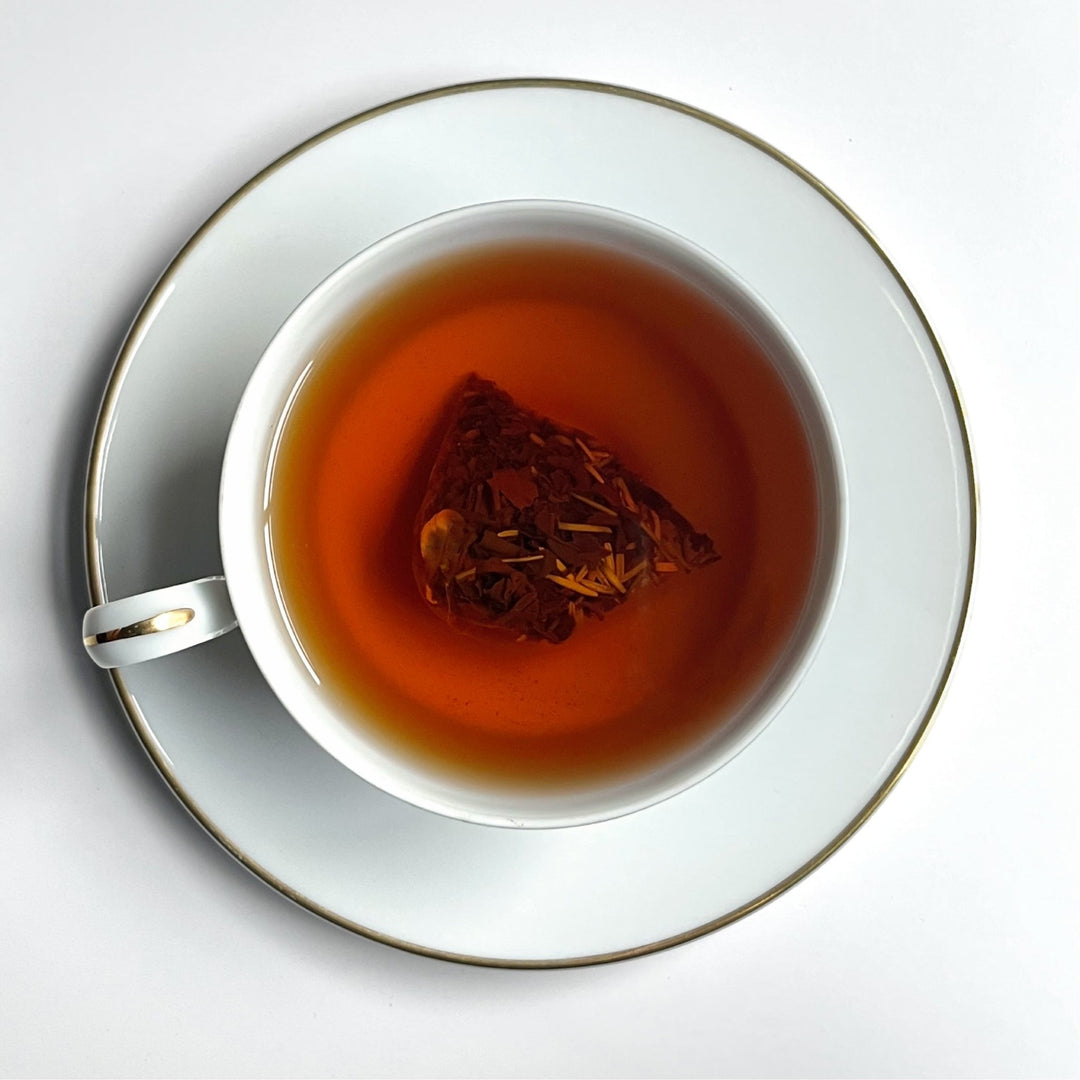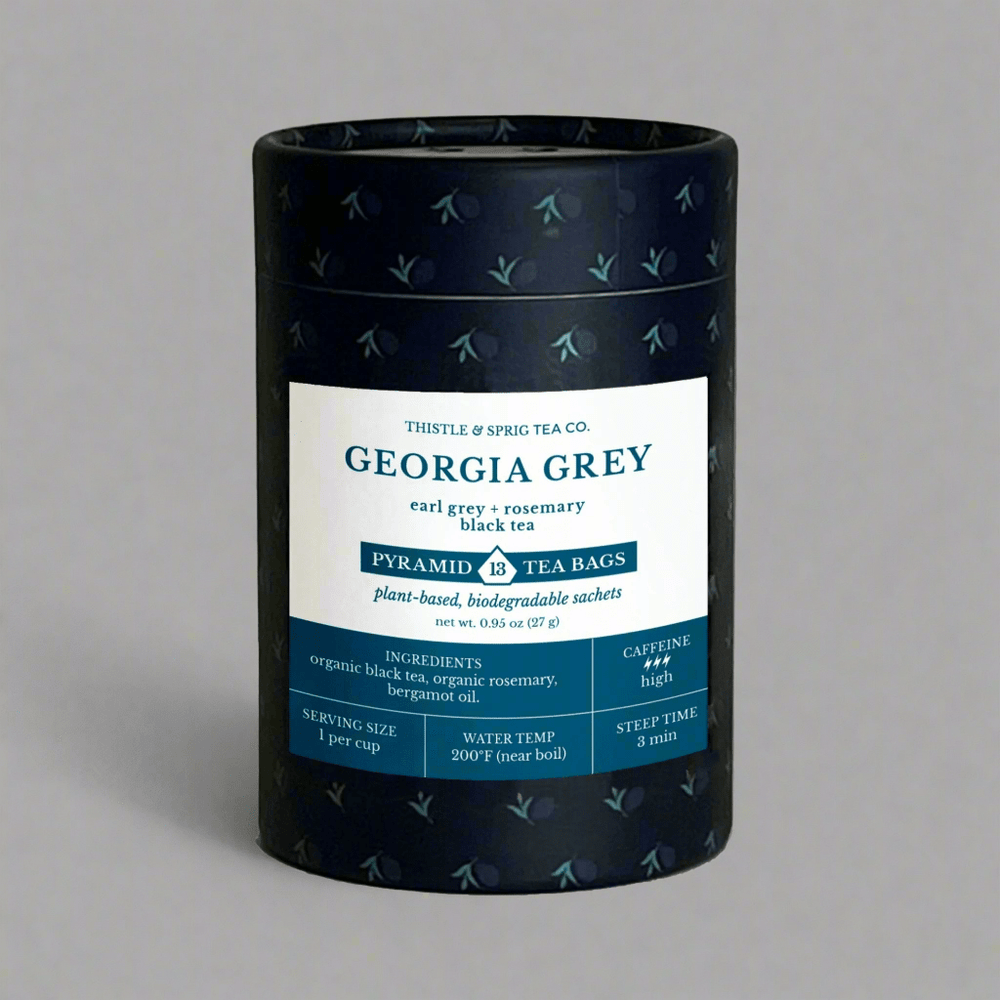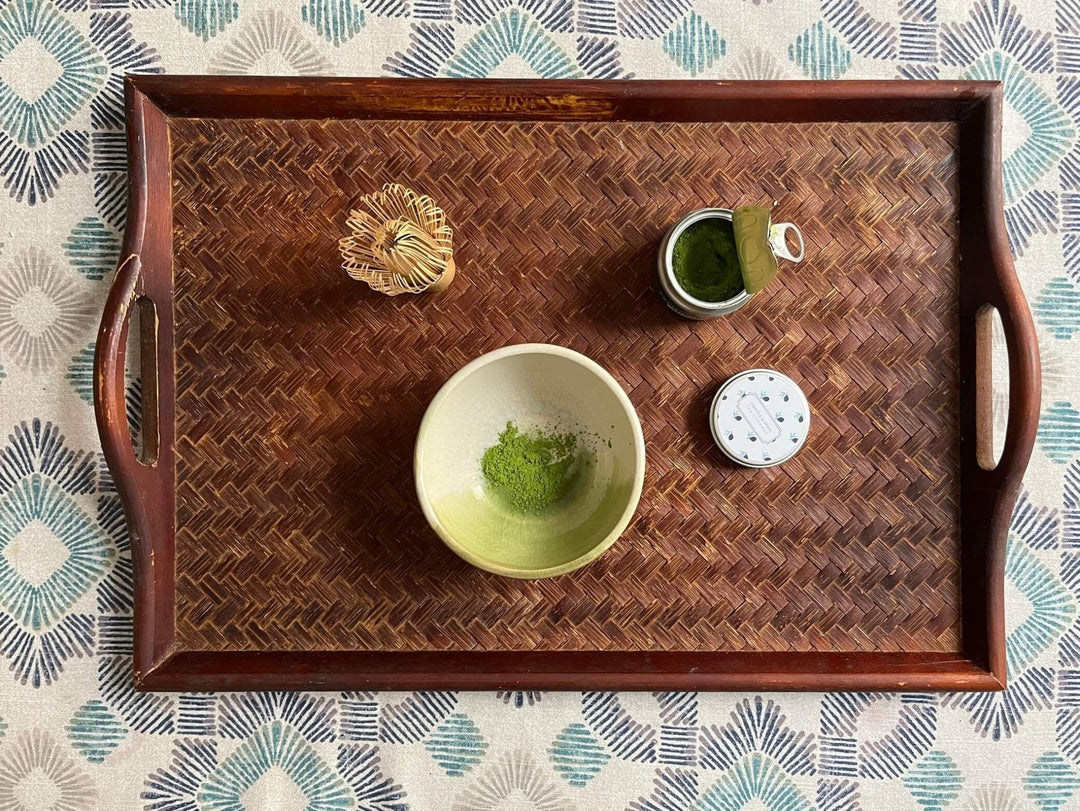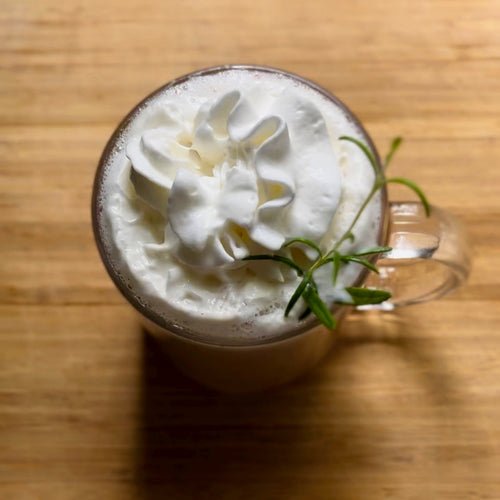Is Green Tea Supposed To Be Bitter?

Does Green Tea Taste Good?
Green tea is supposed to taste good, right? Everyone says it tastes amazing, it's so good for you, and then you have a cup and it tastes...awful. Like mucky and bland and bitter. So why does your green tea taste so bad?
Is it supposed to bitter? The easy answer is: No!
Then why Doesn't MY Green Tea Taste Good? Why is it Bitter??
Green tea IS delicious, it's just more sensitive to steeping methods than black tea or green tea. So if your green tea tastes bitter, it's because it's oversteeped. When you oversteep tea, it releases extra tannins and , plant compounds that make your mouth pucker. So read on for the right way to steep it and make your green tea taste good.
How to make Green Tea NOT Bitter
The two major reasons why green tea will taste bitter is because:
- the water temperature is too hot (e.g. using boiling water instead of a lower temperatures, such as 175°F), and/or
- The tea has steeped too long, (e.g. the tea has sat in hot water for 6 minutes instead of say 3 minutes).
How to make Green Tea Taste Good
If you want to make green tea taste good, then first thing's first:
1. Read Your Tea Packaging's Instructions
Check the tea packaging for guidance on serving size, water temperature, and steep time. A good tea brand will specify steeping directions. Next:
2. Use the Right Water Temperature for Green Tea
This step is especially important. Even if you can't find the water temperature directions for your tea. Green teas always steep well in the temperature range of 160°F to 185°F.
If you don’t have a tea kettle with different temperature settings, or a thermometer, you can eyeball it:
Watch until tiny bubbles just start to appear. This is the sign of a low simmer, somewhere around 175°F. As soon as you see those tiny bubbles, you can take the water off the heat and try steeping your green tea.
[Warning: Do not try touching the water by hand--water at this temperature is very hot and you can scald your skin.]
If you find that the flavor is too weak, you can try upping the temperature. Wait for those tiny simmer bubbles to get a little larger. Some green teas withstand higher temperatures, up to 185°F.
However, if you find the flavor is still too astringent, then make sure to:
3. Keep Your Steep Times short (2 - 3 minutes, 4 minutes max)
Once you've poured hot water over your tea, start a timer. You can try steep times at 2 min, 3 min, and 4 min. A good quality loose leaf tea will give you multiple infusions per serving.
That means you can steep the tea for a few minutes, remove the tea leaves, enjoy your cup of tea, then reheat water and repeat the process. (For enjoying multiple infusions, we recommend a loose leaf infuser with a drip dish like this one, which makes it easy to set aside and save for later.)
When you taste your green tea made with hot but not boiling water, and it's not oversteeped, you may be surprised by the flavor. It will depend on what kind of green tea it is, but green teas offer a wide range of flavor notes, such as sweet, floral, smoky, grassy, spring greens, citrus, and umami.
Fixing Your Bitter Green Tea To Taste Better
How to make your bitter tea better: If you've found you've accidentally oversteeped your tea and it's getting that astringent taste, there are a couple quick fixes.
-
Add more water to the oversteeped tea in your cup. This dilutes the tannins and other polyphenols, which cause green tea to taste bitter.
- You can add a bit of honey, which balances out the bitter with sweetness and also makes the flavors come alive a bit.
- You can also try it with a bit of lemon, which has a light acidity and sweet undertone that can brighten up the more vegetal notes of green tea.
Lastly, make sure you use fresh, well-stored tea. Tea that is stale will not yield the most pleasant taste. Sunlight, moisture, and air all make tea go stale.
If You Want to Like Green Tea...
Keep trying different tea flavors and steeping methods. Play around with temperatures and steep times until you find what works—there are no wrong answers! And know that a method that works for one kind of green tea may have a different result for a different green tea. There's a whole huge world of tea out there!
Our Serenity Jasmine Green Tea is a good introductory tea to experiment with, as it is on the more robust side of green teas and can tolerate higher temperatures. We recommend steeping 1 teaspoon at 185°F for 3 minutes. It imparts flavor generously for two infusions. It also makes a fantastic iced tea, particularly using the cold brew method explained here.


